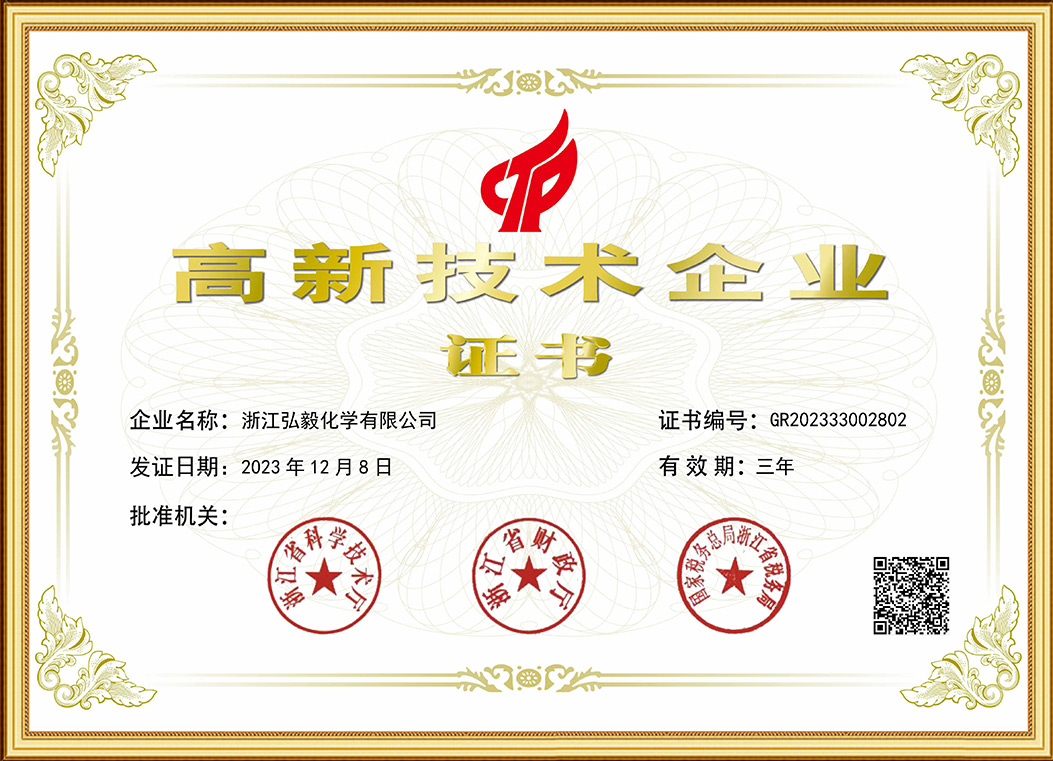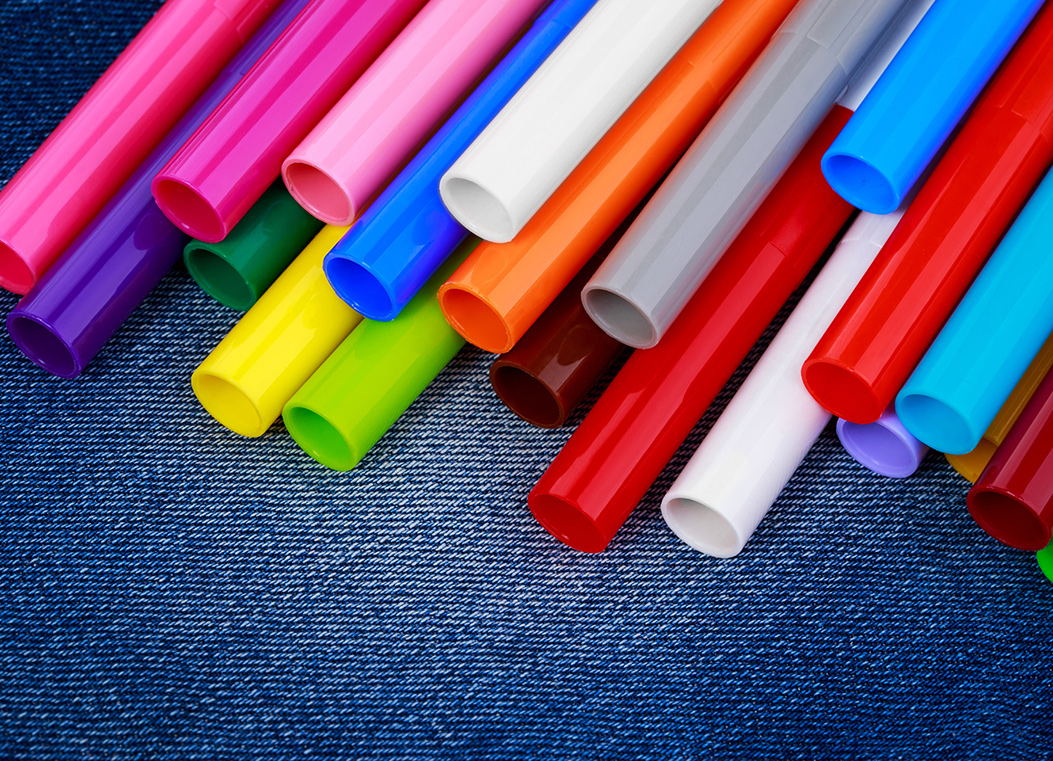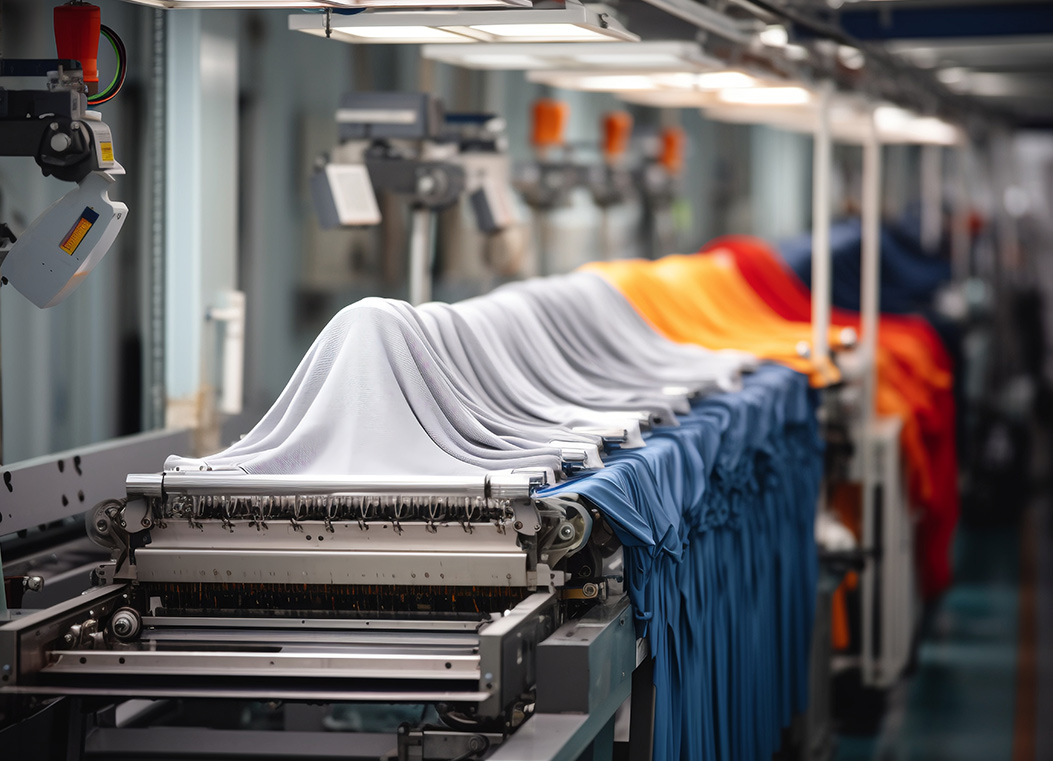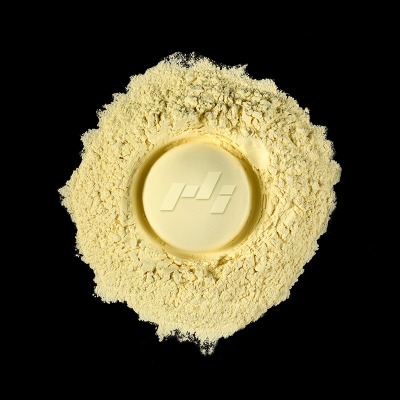China fabric trainer whitener Supplier
In today’s world, where environmental consciousness is on the rise, the role of fabric whitening agents has become an increasingly important topic. The fabric trainer whitener, a key component in textile care, is widely used to maintain the brightness and freshness of fabrics, especially in the world of laundry detergents and fabric softeners. But beyond its ability to enhance the visual appeal of clothes, the environmental impact of this whitening agent deserves closer scrutiny. As we push towards greener, more sustainable solutions, understanding the environmental footprint of the fabric trainer whitener and its potential benefits for the ecosystem becomes essential.
At its core, the fabric trainer whitener works by utilizing optical brightening agents (OBAs) that absorb ultraviolet light and re-emit it as blue light. This optical illusion makes the fabric appear whiter and brighter, which is especially valuable in the textile industry, where maintaining fabric aesthetics is crucial. What sets the fabric trainer whitener apart from traditional chemical bleaches, like chlorine or peroxide-based agents, is that it does not rely on harsh chemicals that can degrade the fibers over time. Instead, it enhances the appearance of the fabric through light manipulation, offering a long-lasting brightness without altering the structure or integrity of the material.
One of the notable advantages of the fabric trainer whitener is its relatively low environmental impact compared to other whitening methods. Traditional bleaching agents often involve toxic substances and require energy-intensive processes to neutralize the byproducts. In contrast, optical brighteners used in the fabric trainer whitener are typically synthetic molecules designed to remain stable and non-toxic under normal washing conditions. This means they pose a lesser risk to both the environment and human health. Many modern formulations of fabric trainer whiteners are now biodegradable, which further reduces their ecological footprint.
The use of biodegradable components in the fabric trainer whitener is a significant step toward sustainability in the textile care industry. As these whitening agents break down more easily in water systems, the risk of pollution is minimized. Unlike traditional bleach which can cause water contamination and damage aquatic ecosystems, the environmentally friendly fabric trainer whitener is designed to be far less harmful. This makes it a more eco-conscious choice for consumers looking to maintain the brightness of their clothes without contributing to waterway pollution.
Moreover, the fabric trainer whitener has a lower tendency to form harmful residues when washed out. Chemical bleaches often leave behind traces of chlorine or peroxide, which can build up in the environment and affect soil and water quality. In contrast, the fabric trainer whitener, by its non-reactive, non-toxic nature, tends to wash away cleanly, without leaving persistent or harmful substances behind. This has made it a preferred option in the growing market for green and eco-friendly laundry products.
However, like any chemical product, it does come with a few environmental considerations. While it is generally safer than many of its counterparts, its synthetic nature means that, in large quantities, it can still have an impact on the environment. If not properly treated in wastewater systems, optical brighteners can accumulate in bodies of water, potentially affecting aquatic life. This is why the responsible use and disposal of products containing fabric trainer whitener are essential for ensuring that the environmental benefits outweigh the risks. We are continuing to innovate, seeking to create even more sustainable versions of optical brighteners that break down completely and leave no trace.
All in all, the fabric trainer whitener stands out not only for its ability to enhance the brightness and freshness of fabrics but also for its relatively low environmental impact. With a focus on biodegradability, non-toxicity, and safer residue profiles, it offers a more sustainable alternative to traditional chemical bleaching agents. As the textile industry continues to move toward greener practices, the fabric trainer whitener is poised to play a key role in ensuring that clothes remain clean, bright, and eco-friendly.

 EN
EN 中文
中文 ES
ES
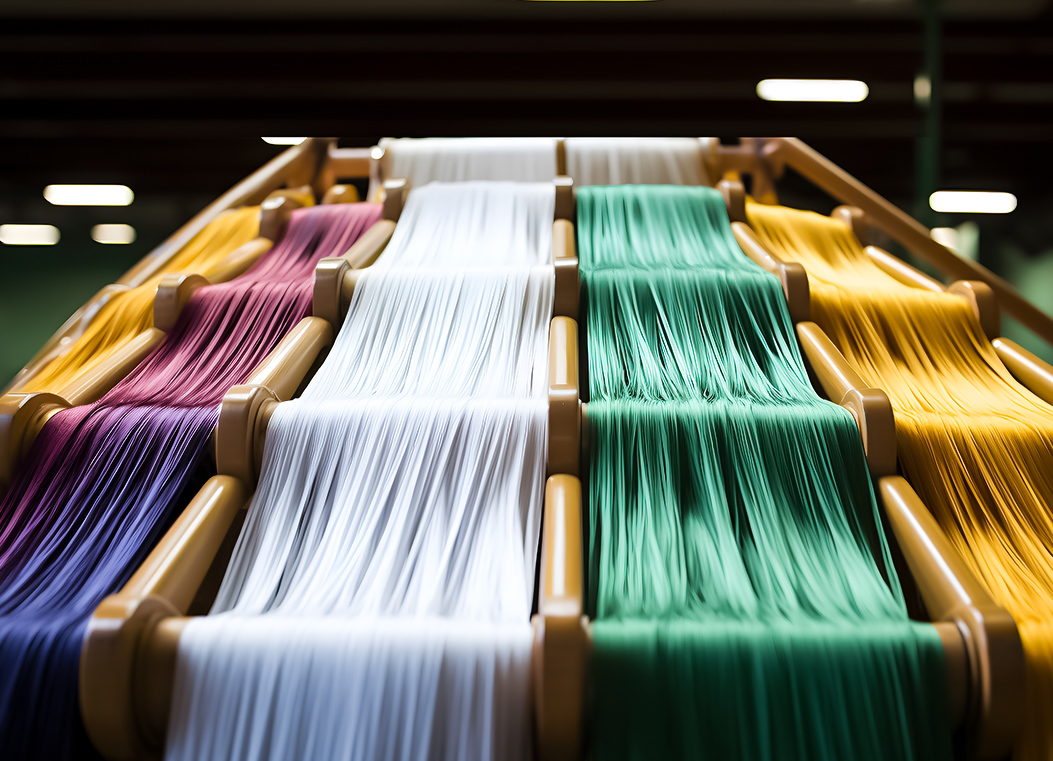



.jpg)
